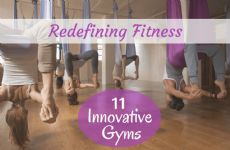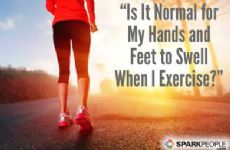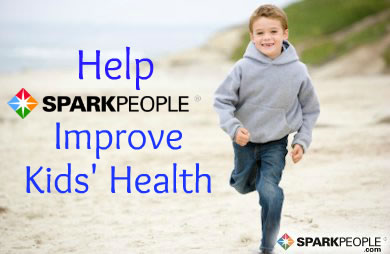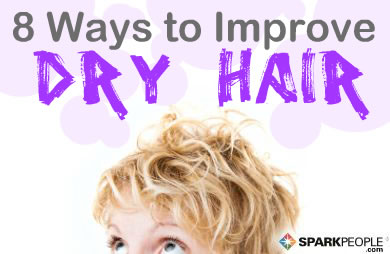|
We'll all been there. You just started working out after a long hiatus. You feel proud and accomplished, but wake up the next day feeling so stiff, sore and achy that you don't want to get out of bed! You slowly but surely get on with your day, but every time you have to move, you feel that stiffness (and feel self-conscious as you wobble around, barely able to bend your knees). While it's great to know that you must have done something right for your muscles to be so sore, it certainly doesn't feel right! You wonder: Should I take it easy and skip my workout? The answer is a little more complex than a yes or no. What you should try is active recovery. So what does that mean? When you're sore during the days following a workout, you're most sore when you've spent a lot of time NOT moving, like when you wake up in the morning (after hours of lying in bed) or when you take a break at work (after hours of sitting still). These are the times that you notice that soreness the most. But the more you move, the more your muscles loosen up and feel better. That's the idea behind active recovery—get moving, get that blood pumping, warm up your muscles and break up that soreness. Put simply, active recovery or "active rest" is sort of a hybrid between resting and exercising. It involves purposely exercising at a low-intensity as a means of helping your body recover from competition, high-intensity exercise, or muscle soreness. And a growing body of research shows that active recovery is more beneficial than passive recovery (completely resting from exercise). Compared to passive recovery, active recovery can:
And active recovery is simple. You can do pretty much any type of exercise, as long as you keep your intensity lower than what you'd do in a normal workout. Personally, when I get really sore, I like to walk, use the elliptical, or even bike at a comfortable intensity (about 55% to 70% MHR) for at least 30 minutes. Then, I follow up my "recovery" workout with an extended stretching session. It feels good to get moving and really stretch well, and a light workout is a nice change of pace, both mentally and physically. BONUS FACT: The cool down you do after every workout is actually a form of active recovery. Cooling down does a lot more than help the body return to its resting heart rate and breathing rate. It also prevents post-workout lightheadedness (which can lead to fainting), speeds the removal of lactic acid from the muscles, and helps prevent muscle soreness in the hours and days following a workout. Now I know that most people tend to skip the cool down (and keep in mind that stretching is NOT the same thing as cooling down), but when you know that five minutes is well-spent to help you recover faster and prevent soreness, you might think again before skipping it. So the next time you're facing sore muscles that make you want to skip your workout, think again! While you don't have to go all out when you're not feeling up to it, a light walk or easy yoga class may be just what your muscles need! Are you more likely to recovery actively or passively? Now that you know the difference, will you cool down and try active recovery from now on? |
Popular Entries
Related Entries
More From SparkPeople
|




.png)
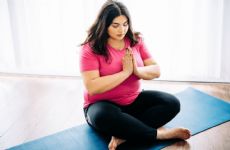
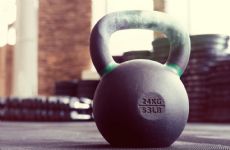
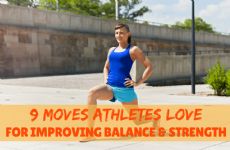
.png)


